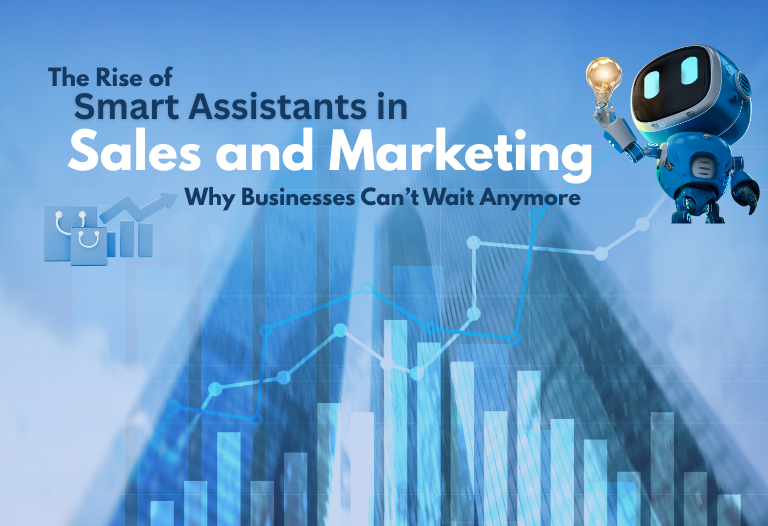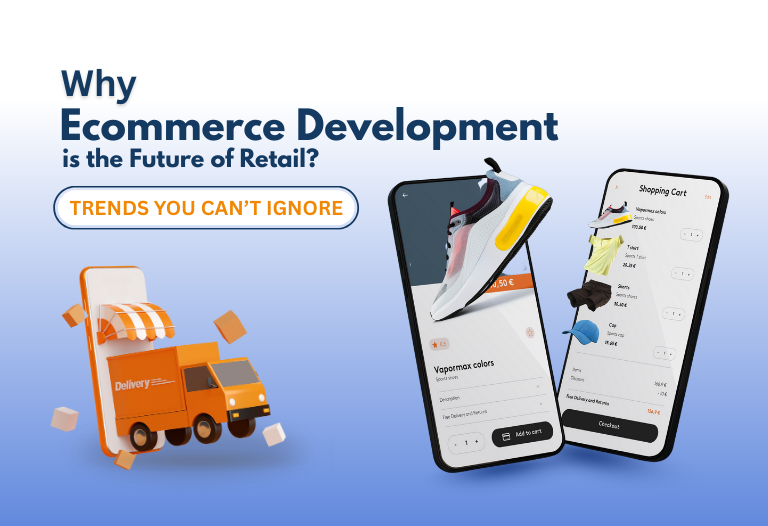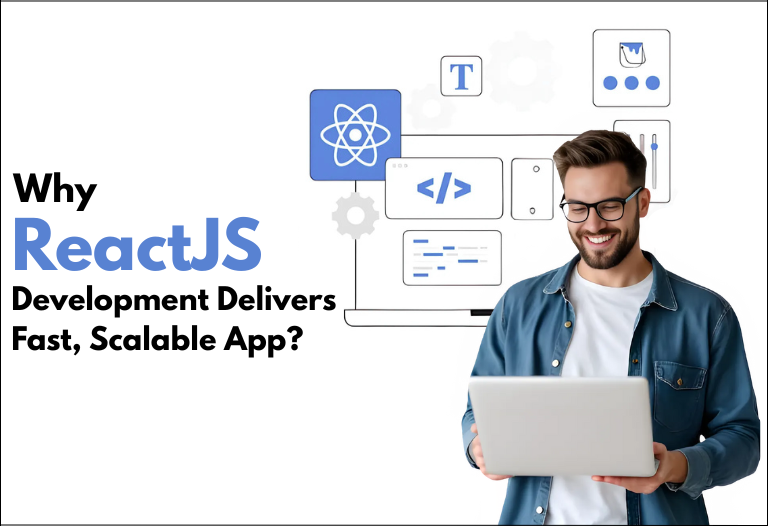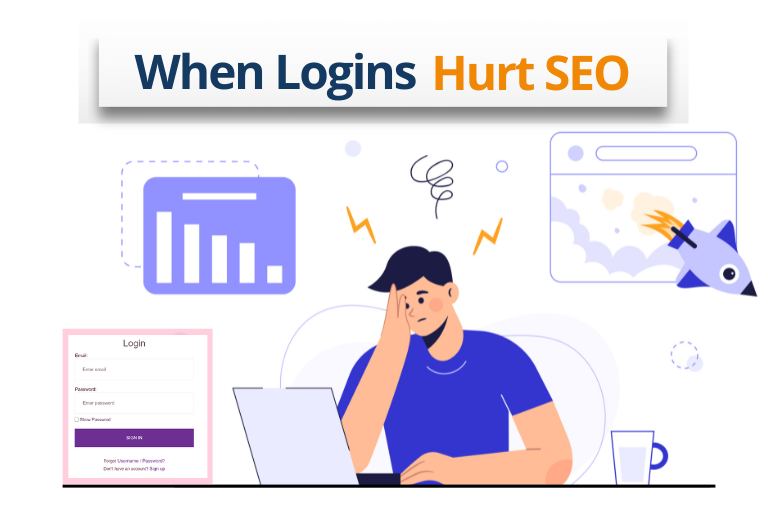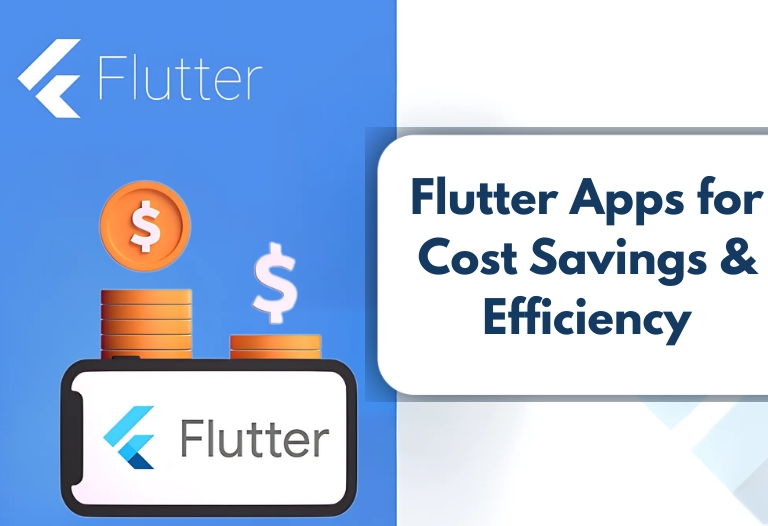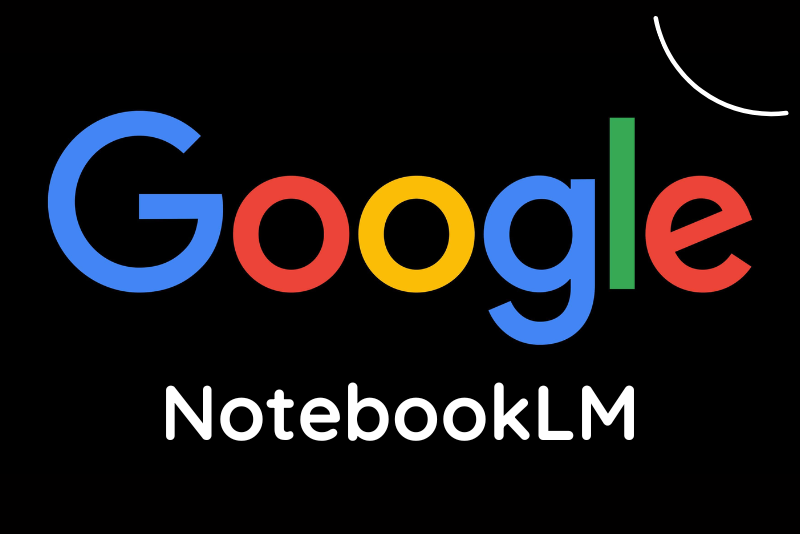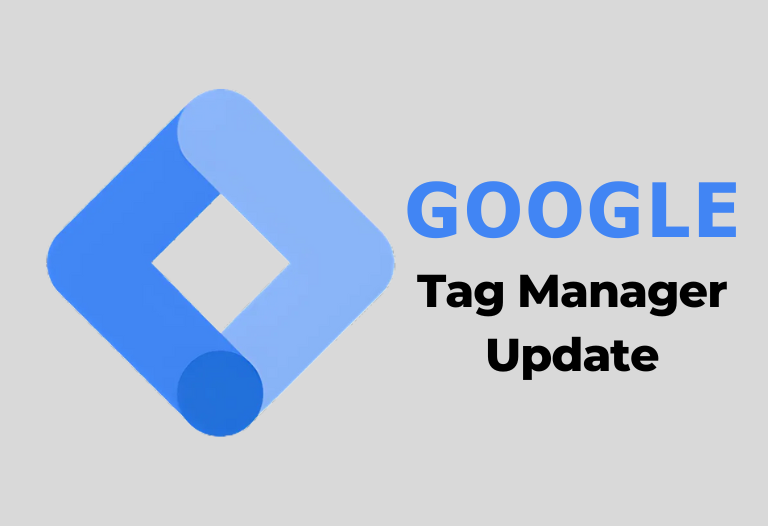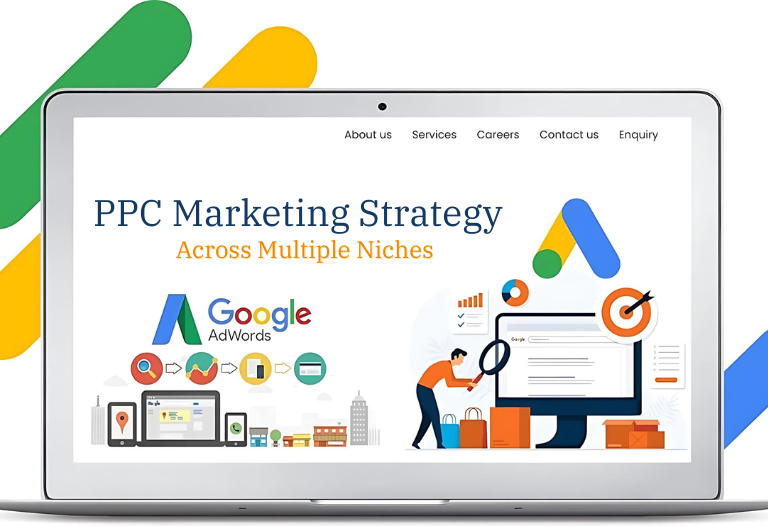
Managing paid advertising across multiple industries isn’t easy – you know why?
- Different customer intents.
- Different landing pages.
- Different metrics of success.
Scaling a PPC Marketing Strategy that works for one niche is tough enough, but doing it across five or ten?
That’s next level. But it’s not impossible.
With the right structure, tools, and strategy, you can scale PPC in a way that delivers strong results without losing control of performance.
Here are 6 real-world pro tips that can help you build a scalable PPC marketing system that holds up across multiple niches, platforms, and campaigns.
1. Build Clustered Geo Campaigns Instead of National Campaigns
One-size-fits-all campaigns are the fastest way to waste budget across niches.
Let’s say you’re running ads for both an HVAC company in Dallas and a dental practice in New Jersey.
A broad “United States” campaign doesn’t cut it.
Instead, build geo-clustered campaigns by grouping together areas with similar intent and behavior:
- Segment ZIP codes or cities based on average income, device usage, or conversion rates
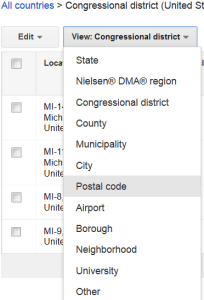
- Tailor messaging to regional habits (even small things like “AC repair” vs. “air conditioning repair”)
- Set geo-bid adjustments to control CPCs in competitive zones
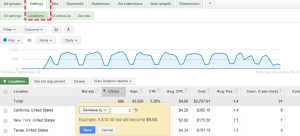
Why this matters:
Localized relevance always wins in PPC. You keep click costs in check, avoid wasted spend, and boost CTRs, without managing 100 micro-campaigns.
We strongly recommend using Google Ads location reports + Google Trends to discover how search behavior shifts across cities.
2. Create a Voice-of-Customer Copy Bank by Niche
Struggling to write ad copy for every client? You’re not alone. Especially when every industry speaks a different language.
But here’s the trick for you – Your customers are already writing your best copy for you.
Use tools like CallRail, chat transcripts, or even sales call notes to collect the actual phrases people use before converting. Store these in a shared VOC (voice-of-customer) bank per niche.
Once you have that then:
- Pull headlines directly from real user language
- Write descriptions using pain points they mention
- Align sitelinks and assets to mirror questions they ask
Here is an example for you:
Legal client? Use “free consultation” and “speak with an attorney today.”
Home repair? Try “licensed & insured” or “emergency same-day fix.”
Med spa? Lead with “FDA-approved treatments” or “zero downtime procedures.”
What happens next?
Higher relevance → Higher Quality Score → Lower CPC → Better leads.
This alone can cut acquisition costs across all your accounts.
3. Use Niche-Specific Conversion Actions (Don’t Just Track ‘Leads’)
We have seen marketers make a lot of mistakes when scaling. They track the same conversions across all niches – which is wrong. It is like comparing apples to avocados.
Where what it should look like:
- In home services, a 60-second call might be your best lead
- In eCommerce, it’s an add to cart + email sign-up
- In B2B SaaS, maybe it’s a form fill + meeting booked
When you treat every conversion equally, your automated bidding strategies (like tCPA or Max Conversions) fall apart.
What to do instead:
- Define primary and secondary conversions by niche
- Assign values to each action using historical close data
- Sync those conversions to your ad platforms (Google Ads, Meta, etc.)
This way, Google isn’t just optimizing for “leads,” it’s optimizing for the right ones.
4. Launch Faster With Dynamic Campaign Templates (Ditch the Cloning)
Copy-paste works… until it doesn’t. Scaling PPC means speed. But speed without structure leads to mistakes – wrong headlines, mismatched URLs, duplicate keywords.
You should look into building dynamic campaign templates that can adapt by niche.
- Use Sheets or a feed-based system (like Google Ads Editor or DataFeedWatch)
- Structure your campaigns with placeholders (e.g., {City}, {Service}, {USP})
- Swap out inputs per niche or business type
You can go from zero to 10 campaigns in under 30 minutes.
Plus you maintain naming conventions, consistency, and faster QA, even if multiple team members are involved.
5. Match Messaging to Funnel Stage, Not Just Industry
You have to keep in mind that if two users searching for the same thing – they aren’t always going to have the same mindset.
Example:
- One person searching “CRM software” is just researching
- Another searching “buy HubSpot alternative” is ready to convert
Your ads should reflect that. Across all niches, you need to segment your campaigns based on intent stage:
- Top of funnel: Informational terms → Lead with trust, education, or social proof
- Mid-funnel: Comparison/search terms → Use reviews, benefits, and differentiation
- Bottom funnel: Branded or transactional terms → Push urgency, pricing, and CTAs
This works because intent-based segmentation applies universally. Whether it’s pest control or digital products, matching the message to the moment wins. You can use this as your creative framework instead of reinventing strategy per client.
6. Reuse Learnings Across Niches—Intelligently
One of the biggest advantages of managing multiple PPC accounts is Shared learnings.
This is where you start to see patterns:
- Call-only ads tend to convert better in urgent service categories
- “Free consultation” headlines consistently outperform “Contact us” in local services
- Monday mornings have higher conversion rates in healthcare than weekends
Don’t silo this data. Create a shared internal playbook where your team documents:
- Winning headline formulas
- Best-performing campaign structures
- Negative keywords that universally apply (e.g., “free”, “DIY”, “jobs”)
Then apply and adapt those findings across new accounts, cutting your or your team’s learning curve in half. We have personally seen faster results, fewer surprises, and campaigns that come out of the gate strong.
Lastly, take note that scaling a PPC strategy across multiple niches doesn’t mean doing more.
It means doing it smarter.
With systems. With feedback loops. With structure.
These aren’t hacks but they’re scalable principles. If you’re running a marketing agency or an internal PPC team managing campaigns for diverse industries, these frameworks will give you a competitive edge. If you are looking for a white-label digital marketing partner to take care of all the implementation and help you scale your business, reach out us!




 July 23, 2025
July 23, 2025